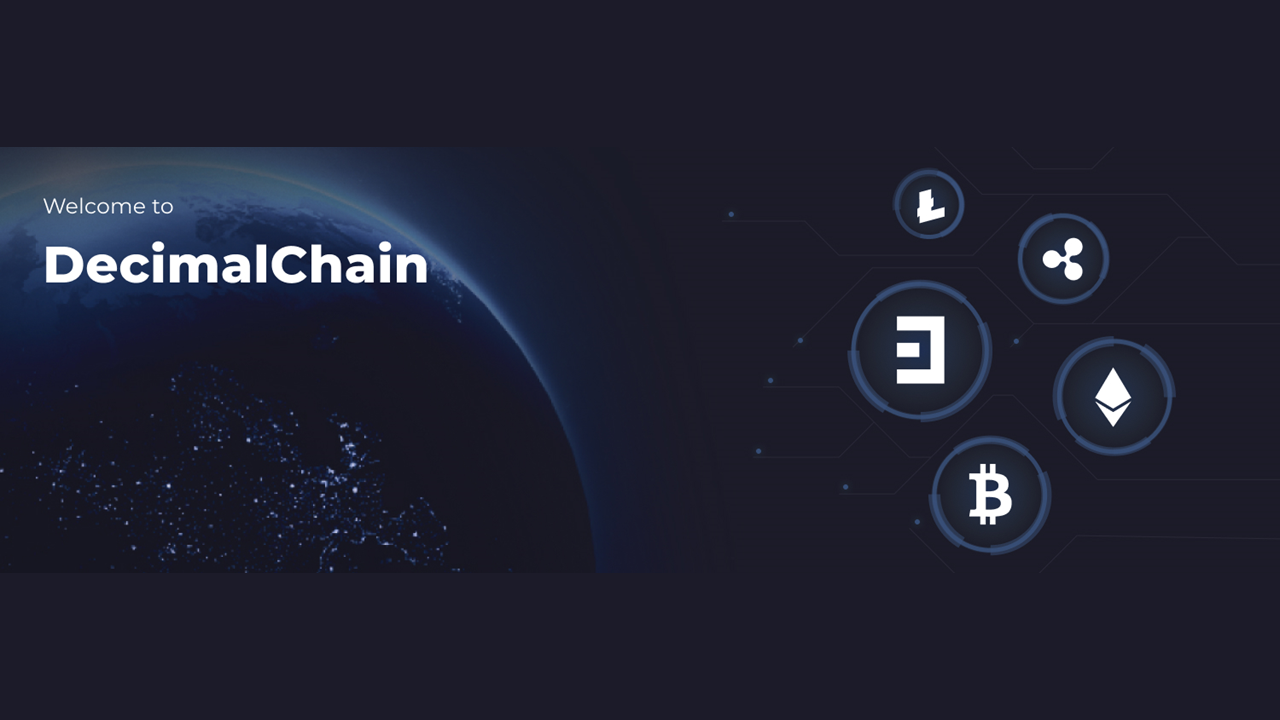New generation blockchains. From farms to mobile applications

As we know, the blockchain cannot exist without a consensus algorithm, a sort of mechanism for verifying the implementation of the rules. Some algorithms allow building reliable decentralized systems, and some allow building blockchains with scalability and high throughput.
In 2013, Daniel Larimer, a cryptocurrency programmer and entrepreneur, developed Delegated-proof-of-stake (DPoS), a type of PoS similar to representative democracy in most modern states. What seems unique about DPoS is that participants use their own tokens in order to choose validators who, in turn, check and add blocks. The DPoS algorithm is involved in many blockchain projects, including DecimalChain.
As mentioned above, the DPoS algorithm is a kind of PoS. This means that it also serves as an alternative to PoW and a solution to the problem of huge energy costs for BTC mining. However, for the PoS algorithm, the “Nothing at stake” problem is relevant. This issue is related to a phenomenon known as “Shared Resource Tragedy”. The “tragedy of shared resources” is described as a phenomenon in which the interests of individuals can contradict the benefits of common use. As the simplest example, a common pasture is given, the overuse of which leads to its depletion and destruction.
Still, it’s important that DPoS-based blockchain systems consume significantly less power than their PoW counterparts. In other words, validators in DPoS use computational power specifically to process transactions, while miners in PoW spend an enormous amount of power and capacity to perform calculations, which is needed only to meet the demands of the business. artificial conditions of the system. So the DPoS algorithm is head and shoulders above PoW.
What significantly distinguishes the algorithms from each other is the principle of choosing a participant who will obtain the right to add a new block to the chain. In projects based on the PoW algorithm, those who want to add a new block try to solve a crypto puzzle faster than others. In the PoS algorithm, participants risk their tokens so that they can add a block.
In a situation with the DPoS algorithm, participants voluntarily nominate candidates for the role of validator who checks and adds new blocks. The other participants vote for the candidates with their tokens, and the weight of the votes is distributed according to the number of coins deposited. Once the vote is over, a pool of validators will be formed. A special algorithm builds a queue of validators and one by one they give them time to add a block. The right will pass to the next participant in the queue in the event that the node does not have enough time to add a block. Once the queue is finished, it reforms.
Most cryptocurrencies still use the PoW consensus. And although Ethereum cryptocurrency will soon switch to the PoS model, which, as expected, will reduce network power intensity by 99%, the DPoS consensus algorithm used by DecimalChain remains much more efficient.
One of the simpler examples is that you now have to get into PoW and PoS either with huge capacities or with a lot of staking in order to at least withstand some competition and create new blocks. The DecimalChain blockchain does not require this.
An important advantage of using the DecimalChain blockchain over the DPoS algorithm is the absence of a node (a computer connected to the network and ensuring its functioning) for forging (the possibility of making a profit in the form of new units of crypto -currency, due to receive a certain percentage for the work performed).
DecimalChain uses binding, a transaction in which parts of the user’s account are linked to the selected validator.
The DPoS algorithm allows the DecimalChain network to reach consensus on new blocks faster than the PoW and PoS algorithms, because the DPoS consensus involves the simplest mechanisms to create blocks through inexpensive equipment and with a high degree honesty.
The DecimalChain blockchain pays a commission for each block created, while the commission itself is split among all the validators, and they split it proportionally among the delegates.
The DPoS-consensus creates a voting system that directly depends on the reputation of the validators. If the selected node is not functioning properly or is functioning inefficiently, it will be quickly deleted and replaced with a new one. Therefore, DecimalChain validators are motivated to act honestly and effectively so that they are elected with their participation in the future.






